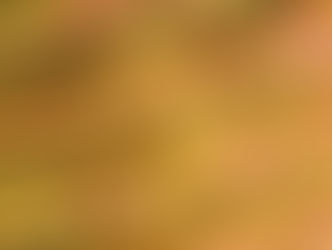

CLEANING UP IN POST AFTER STACKING
Why is your insect subject so clean? This question comes up very often when I post a stacked image on Facebook or Flickr. The reason for...


REVERSING EL-NIKKOR 50 F/2.8N ENLARGER LENS
Though my first extreme macro lens is not this EL-Nikkor 50 f/2.8N enlarger lens, it is the second one after searching through the...


USING RAYNOX CLOSE-UP LENS AS TUBE LENS FOR INFINITE MICROSCOPE OBJECTIVE
Overview Many people started out macro photography with close up add-on lenses, some are cheap and some are not so cheap. One set of well...


MAKING A FOCUS ASSIST LED RING LIGHT FOR MANUAL MACRO LENS
When taking pictures using a macro lens, shallow depth of field usually mandates a rather small aperture to gain sharpness. With...


DIFFUSE YOUR LIGHT, OR ELSE!
OK, that sounds a bit harsh. Then again, almost every (extreme) macro photographer knows this and tries very hard to put as much...


ANALYSIS OF MISALIGNMENT BETWEEN OPTICAL AND MOTION AXIS FOR FOCUS STACKING.
I have been asked many times about why there are streaking patterns around border of final stacked image. Well, the most common cause of...


CHECKING MICROSCOPE OBJECTIVE CHROMATIC ABERRATION
What is chromatic aberration for an optical system? Well, according to Wiki, it is the failure of a lens to focus all colors to the same...


A NICE MICROSCOPY SETUP
Be honest to you, I have neither owned a microscope, nor have I used one extensively. However a recent quest to shoot some butterfly...


MAKING A SHOOT FROM BELOW WATER DROP SETUP
As water drop photography grew popularity, there has been many innovations about making water collide and splash. One such technique is...


























